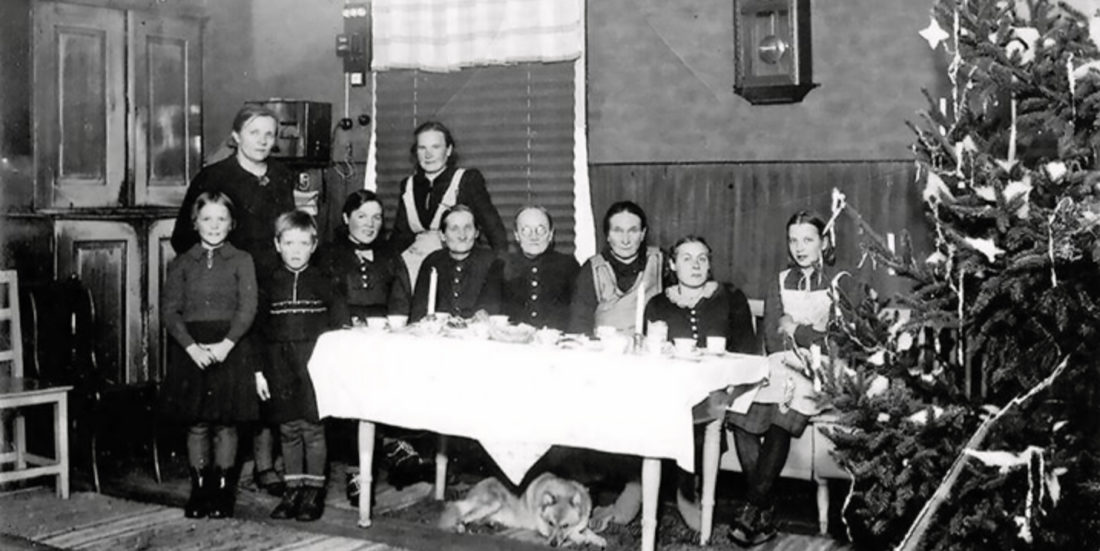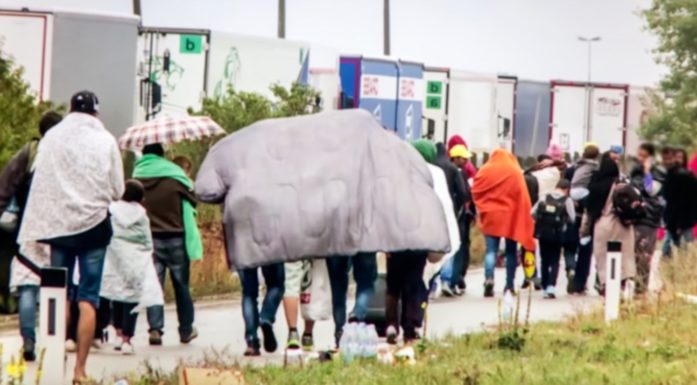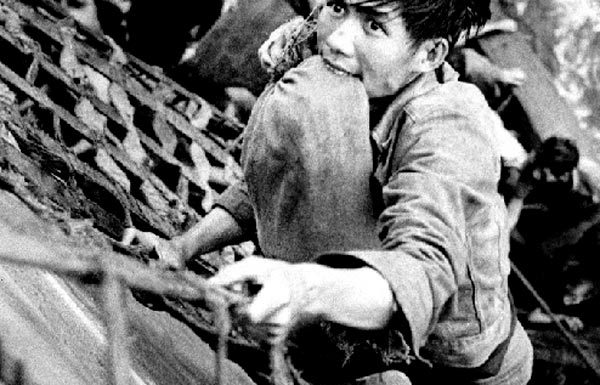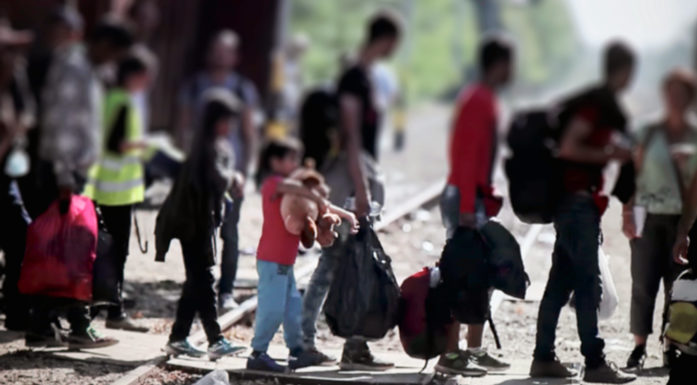Winter War in Finland was a struggle against invading power
Eighty years have passed since the end of the Finnish Winter War. “The war is my family’s history too,” Soilikki Vettenranta writes in this Viewpoint article.
It is now 80 years since Finland’s bloody Winter War against the Soviet Union in 1939-40 ended and a peace agreement was signed in the Kremlin.
The older generation in Norway still remembers this war, while the younger generation has hardly heard of it.
The Winter War was a David against Goliath battle. In the final phase of the war on the Karelian Isthmus, Finland’s seven divisions fought against the Soviet Union’s 30 divisions. After three months of fighting, the war accounting showed nearly 27 000 fallen and 44 000 wounded Finns.
The war is also my family’s story. My father fought on the Karelian Isthmus to defend the so-called “Mannerheim Line” and the city of Vyborg, and I lost many relatives in the struggle for the Finnish nation’s existence.
Wouldn’t submit
Finland was forced into battle early in World War II. According to the Molotov-Ribbentrop Pact of 1939 between Stalin and Hitler, Finland and the Baltic states fell under the Soviet Union’s sphere of interest.
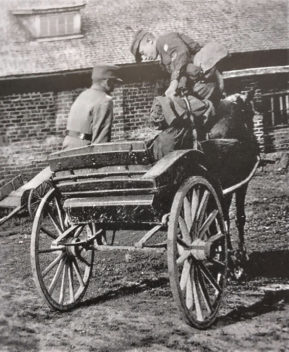
The author’s father and neighbour in the farmyard, readying to go to war. Horses were also sent to the battlefield – every farmhouse was required to contribute a horse with equipment to the battlefield. The author’s father lost two brothers-in-law, and the neighbour lost his only brother and a sister in the war. Photo: Private
Soviet forces soon occupied Estonia, Latvia and Lithuania, and Stalin planned to capture Helsinki within two weeks. He was taken by surprise when the Finns would not submit.
The Russian attack was internationally condemned, and the Soviet Union was expelled from the League of Nations. Humanitarian relief operations were launched in Scandinavia, and 8300 Swedes and 700 Norwegians participated as volunteers on the Finnish side.
Background of the war
The Soviet Union attacked Finland in November 1939 after a false allegation that the Finns had killed four Russians in an artillery attack. Russian soldiers numbering 460 000 then crossed the border into Karelia.
The reason for the war was the USSR’s demand that Finland surrender land and a military base to facilitate the defence of Leningrad (now St. Petersburg) in case the country was drawn into the war between Germany, France and the United Kingdom.
In return, Finland would receive part of Soviet Karelia that was basically a wasteland.
Finland refused to give in to the demand, and the attack on the country became a reality.
Sowed a desire for revenge
Although the Finns – led by Field Marshal Carl Gustaf Emil Mannerheim – fought heroically against the immense Soviet force, they eventually had to surrender.
The Finns used guerrilla tactics in white camouflage uniforms and were skilled at skiing in rough terrain, unlike the Russians who had heavy motorized equipment.
The Moscow Peace Treaty required Finland to give up 10 per cent of its cultivated land. The ceded territory included Karelia, with Finland’s second largest city at the time, Vyborg, Salla municipality, and the Pechenga area on the Norwegian border with a nickel mine and access to the North Sea. In addition, the Treaty forced Finland to lease the area of Hankoniemi to the Soviets to use as a naval base for 30 years.
The Winter War was a bitter battle in winter temperatures that plummeted to -43°C. It nevertheless strengthened the country’s national self-esteem and cohesion. The Finnish war defeat sowed a desire for a revenge war to regain the lost territory.
80 000 children sent abroad
When Germany attacked the Soviet Union in June 1941, Finland joined the attack on Germany’s side. The exhausted soldiers, including the author’s father, were assigned to two new wars: the Continuation War from 1941-1944 and the Lapland War from 1944-1945. This last war was launched to drive the German army in Lapland out of the country.
Finland’s losses after the three wars were brutal. One-sixth of the country’s population was lost: 97 000 fallen and dead, 50 000 war invalids, and 80 000 war children were sent into exile abroad, most to Sweden and some to Denmark and Norway.
Women’s efforts underestimated
Mothers had to go to work. They produced war supplies and weapons, worked in cellulose factories and shipyards, ran transports, built roads and rebuilt destroyed buildings as masons and carpenters.
Women were forced to take over tasks that they wouldn’t normally have had the opportunity to do. Without any special training, they had to enter into new, mentally and physically demanding occupations. The fast work pace, long work days and inadequate vocational training led to many accidents and deaths, including in ammunition factories.
The efforts of the women have been underestimated in relation to the soldiers’ battle on the front.

The author’s homestead during the war. The winter of 1939-40 was bitterly cold on the battle front, plummeting to -43°C. On the home front, women and children froze.
Nearly 450 000 refugees were evacuated from Karelia to Finland, and houses and land for them had to be arranged through forced allocation of land and the rebuilding of houses.
My family owned a farm, and the cabin had to be given over to two evacuated families from Karelia. In addition, Finland had to pay war reparations to the Soviet Union totalling US$300 million (equivalent to US$5.45 billion in 2019).
Family violence, poverty and suicide
Finland was defeated but not conquered. Finland was the only warring European country, outside the Soviet Union and the United Kingdom, to avoid a military occupation during World War II.
But the aftermath of the war also affected the generation born after the war.
Alcoholism, family violence, poverty and suicide impacted many families.
No crisis psychologists were to be had at the time, and the men told their brutal war stories with the children as witnesses.
As a child, I had nightmares about bombers and grenades.
We post-war Finnish children have inherited a built-in scepticism toward fine promises regarding our foreign policy and foreign aid should a crisis situation arise, regardless of any military alliance.
We can only trust ourselves.
Finnish diplomat Max Jacobson expressed it this way:
“When Finland re-entered the Western world after World War II, the country was looked at with astonishment and mistrust, like a soldier returning from the front after being reported missing and probably dead. How was it possible for Finland to remain independent without military protection from the West?”
